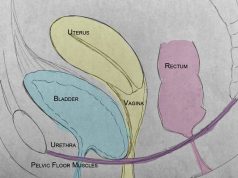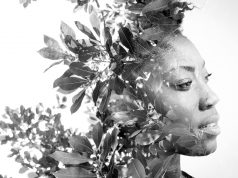The Moon is up there almost every night to observe and yet the comment most heard at any star-night is” That’s the first time I’ve ever seen the moon in a telescope”. That comment also holds true for those looking through binoculars for the first time. With the moon available for so many nights of viewing it is a sure anchor for anyone looking to improve their astronomical observing skills.
The Terminator
While most people get a thrill from viewing a full moon, astronomers and lunar buffs take a whole different approach to observing the moon, they look for the lunar terminator:
-The lunar terminator is the moving boundary between the part of the moon that is lit by the sun during its phase and that part remaining in darkness.
-As light strikes the moon at a low angle during the phases before and after the full moon phase, shadow areas are created that give a sense of depth to the lunar surface.
-Suddenly, craters and rials stand out in striking detail and the observer has a sense of depth of these details.
Moon Approaching First Quarter Phase
The waxing moon in the west, at sunset, offers easy early evening observations especially for children:
-Each night, as the phase moves from new, through first quarter and on to full, the terminator crosses a new area of the lunar surface.
-As this happens the previously crossed areas are bathed in more light and will offer less detail.
-For many astronomers there is the added thrill of observing the earliest crescent moon after new moon.
Moon at Full Phase
As the moon approaches full phase there are opportunities for lunar photography:
-Because of its brightness the full moon can be photographed with just about any digital or film camera without the need for a tracking mount to drive the camera.
-Use a tripod to steady the camera for the shots.
-With a digital SLR camera, bracket the shots so that they vary in exposure time. Check each shot on the LCD screen to determine the quality of exposure.
-For digital non-SLR cameras experiment with pre-set programs for low light situations where the flash can be turned off.
Moon Approaching Last Quarter Phase
The waning moon offers opportunities as well:
-The march of the lunar terminator is now lit from the other side of the lunar disc.
-After Last Quarter phase viewing becomes problematic because the lunar disk becomes less detailed as the imminent rising of the sun washes out any contrast in the night sky.
Moon Observing Kit
To begin lunar observing only a minimal kit is required:
-Medium power binoculars (7×50, 8×40, etc. …) will show a great deal of detail.
-A chair to sit in while observing.
-A moon chart for observers who want to identify details.
-A tripod and binocular bracket are very useful.
-For those with telescopes, change eyepieces often to see details at different magnifications.
Everyone has seen the moon and takes it for granted but there is a wealth of observing possibilities that begin with every new moon.



















